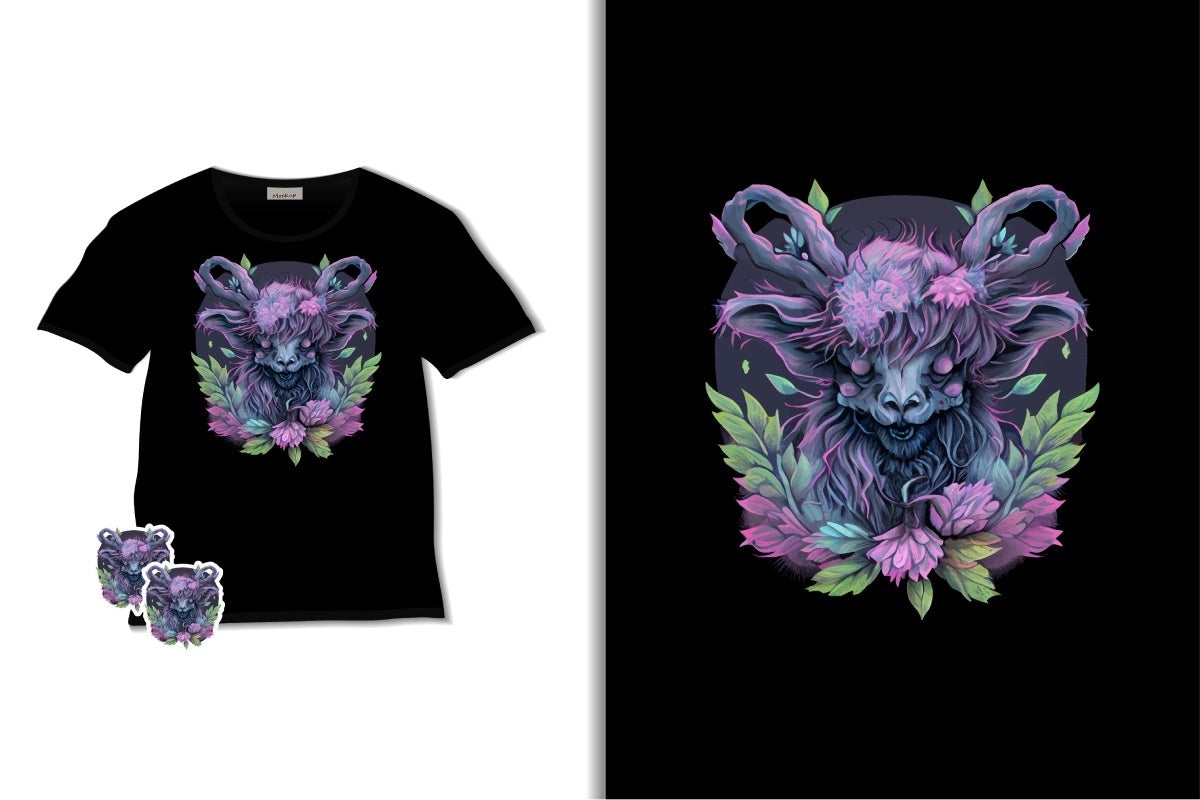
DTF Transfer Film: Choosing the Right One
The Role of DTF Transfer Film in Printing
DTF (Direct to Film) transfer film is an essential part of the DTF printing process, acting as the carrier for your design before it is transferred onto fabric. A high-quality transfer film ensures sharp, vibrant, and durable prints. Selecting the right film affects the adhesion, peeling process, and overall final look of your prints. Understanding how different films work will help you achieve the best results in your printing projects.
Types of DTF Films and Their Applications
There are several types of DTF transfer films, each designed for different applications. Single-use films are the most common and are disposed of after one transfer. Reusable films can withstand multiple uses but require careful handling. Matte films offer a smooth and soft finish, while glossy films enhance color brightness. Some films are optimized for hot peel, allowing immediate removal, while others require cooling for a cold peel method. Choosing the right film depends on your workflow and desired print quality.
How Film Thickness Affects DTF Printing
Transfer film thickness plays a significant role in the final print outcome. Thin films are easier to work with and ensure better ink absorption, but they may tear easily. Thicker films provide more durability and stability during the printing process but require precise pressure settings to ensure complete ink transfer. If you frequently print detailed designs, a medium-thickness film is the best balance between flexibility and durability. Matching film thickness with your printing needs helps produce consistent, high-quality results.
Ink Adhesion and Release Properties of DTF Film
The ability of a DTF transfer film to absorb and release ink properly determines the clarity and durability of prints. High-quality films ensure even ink distribution without smudging or feathering. A well-coated film allows for easy peeling, preventing damage to the final print. Low-quality films may result in uneven transfers, ink bleeding, or difficult peeling. Testing different films with your printer settings can help identify the best option for smooth ink transfer.
Choosing Between Cold Peel and Hot Peel DTF Films
One of the most important decisions when selecting a DTF transfer film is choosing between cold peel and hot peel options. Cold peel films require cooling before peeling, ensuring a more detailed and durable print with a smooth texture. Hot peel films allow for immediate peeling after pressing, making them ideal for faster production times. If precision and durability are a priority, cold peel is the preferred choice. For quick turnaround times and mass production, hot peel films are more efficient.
Common Issues with DTF Transfer Films and Solutions
Many printing issues can be traced back to the type and quality of the DTF transfer film used. If the film is sticking to the fabric after pressing, the peeling method or temperature settings may need adjusting. Poor ink adhesion can result from using an incompatible film with certain inks. Cracking or peeling of designs after washing may indicate a low-quality film. Investing in a reliable transfer film and performing test prints can help eliminate these problems.
Storage and Handling Tips for DTF Films
Proper storage of DTF transfer films ensures consistent print quality and prevents material degradation. Always store films in a cool, dry environment to avoid humidity-related defects. Keep them flat or rolled up in a protective tube to prevent curling. Avoid direct sunlight and extreme temperatures, as excessive heat can weaken the film’s coating. Handling films with clean, dry hands prevents contamination and ensures smooth ink transfer during printing.
Conclusion
Selecting the right DTF transfer film is critical to achieving professional-quality prints. Factors such as film thickness, ink adhesion, peeling type, and storage conditions all contribute to the final result. Whether you prefer cold peel for enhanced durability or hot peel for efficiency, understanding your options will help you make the best choice. Investing in high-quality transfer films will improve print consistency, reduce errors, and enhance the overall durability of your DTF designs.
FAQ
- What makes a good DTF transfer film?
- A high-quality DTF transfer film should offer strong ink adhesion, smooth peeling, and durability in wash cycles.
- Should I use hot peel or cold peel DTF film?
- Hot peel is faster, but cold peel provides a more detailed and durable finish.
- Why is my DTF film not releasing ink properly?
- Poor ink adhesion could be due to low-quality film or incorrect printer settings.
- Can I use any transfer film for DTF printing?
- No, only specially designed DTF transfer films work properly with DTF inks.
- What is the best thickness for DTF transfer film?
- Medium-thickness films offer a balance between durability and ease of use.
- How should I store DTF transfer film?
- Store in a dry, cool place away from direct sunlight and humidity.
- Why is my DTF transfer cracking after washing?
- Cracking may result from using low-quality film or incorrect heat press settings.
- How many times can I reuse a DTF transfer film?
- DTF transfer films are single-use and should not be reused after printing.
- Can I print high-detail designs on any DTF film?
- High-quality films with strong ink retention are best for detailed designs.
- What happens if my DTF film curls?
- Curling is caused by improper storage; keeping the film flat or in a roll prevents this issue.






